Villa Rica Peru Introduction Villa Rica Coffee House's unique culture and flavor
The coffee planting area in Peru is mainly located in the central Chanchamayo region, and the two most famous planting areas in this area are Villa Rica and La Merced, respectively, and the main varieties are Typica Arabica. The history of coffee cultivation in Peru can be traced back to 1930, when a group of German immigrants settled in what is now the Villa Rica area and started the economic activities of coffee cultivation, which also brought new cultural injection to the region and developed special new cultural characteristics of the region. In memory of these new residents from afar, it was designated as "Settler'" on June 26th every year. S Day (anniversary of new immigrants). Nowadays, there are many local coffee farmers who are descended from these immigrants, and they continue to operate these precious coffee farms from generation to generation!
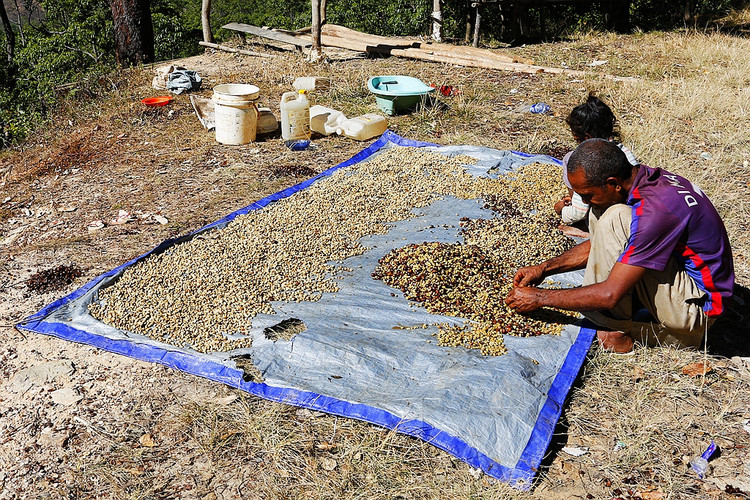
Villarica is a bustling eastern Andean town with a large area of rich ecological conservation forests and a well-known bird sanctuary. It is amazing to find that 400 species of birds inhabit in Villa Rica! Thus it can be seen that Villarica is a coffee producing area that is very friendly to the natural environment. Coffee planting is about 1500m above sea level, with an average annual temperature of 20 degrees and annual rainfall of about 1800 mm. The planting conditions are excellent, which is very suitable for the growth of coffee trees! Farmers adopt organic composting and planting, and the varieties are mainly Typica (Tiebika). The quality of raw beans is very stable, and the harvest period lasts from April to September every year. Raw beans are washed and fermented after harvest and dried in the natural sun. The coffee produced in Villa Rica area has a special creamy nutty aroma, warm, thick and soft taste, good sweetness, and slightly rising fruit acid in the latter section can bring comfortable aftertaste.
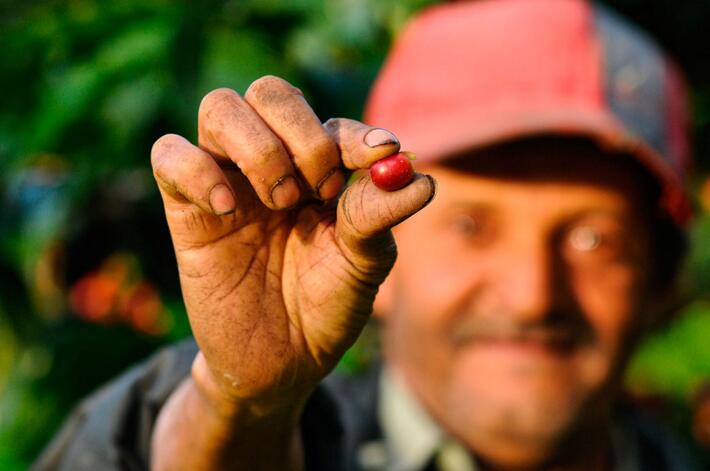
Shade planting and Regional tradition
A fruit tree called "INGA", commonly known locally as Pacay, is widely planted in the planting area, which not only provides good shade, but also provides birds for foraging during the flowering and fruiting season.
Small farmers have organized producers' cooperatives to weave a complete sales mechanism of raw beans.
Almost every farm has perfect raw bean processing equipment to facilitate the best processing time after coffee cherry harvest.
The cooperative provides re-refining and grading screening, and the coffee raw beans are bagged completely and exported directly to buyers of various countries, effectively striving for the storage validity of raw beans and avoiding the possible damage to the quality of raw beans caused by improper storage environment that may occur after transportation is concentrated in the port of Lima (Lima).
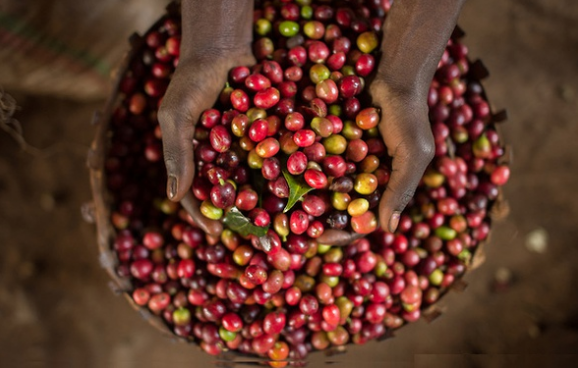
Cooperatives have long been in line with international coffee organizations and are committed to fair trade and the implementation of organic growth. at present, Villa Rica is the second largest organic fair trade coffee producing area in the world.
The farm plans to replace the seedlings under the optimal fruit production years of coffee trees in order to maintain the trade of high-quality coffee.
Effective use of coffee cherry pulp and fermented organic matter waste water for organic composting and then used for planting virtuous cycle.
With aromas of roasted almonds, sweet peach caramel and dried cream, the palate is smooth and consistency, ripe peach, chocolate bitterness and red wine are combined with taste buds, with a hint of Earl Grey Tea on the finish.
The farm is located about 1670 meters high in St. Augustine and mainly grows Caturra and Variedad.
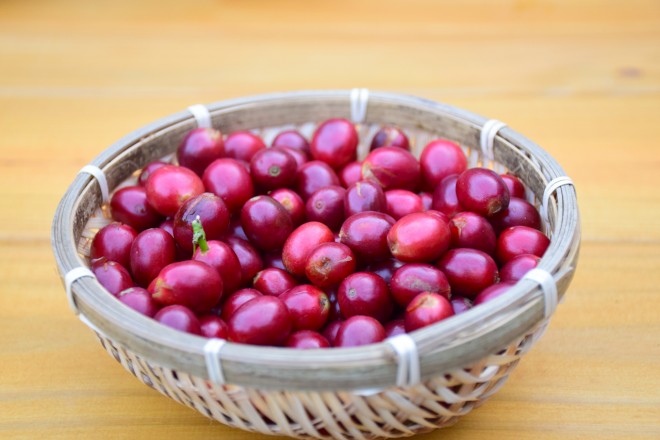
Using very traditional treatment methods, most farmers still use hand peeling machines, which are washed and fermented overnight and then dried on the scaffolding, and coffee drying can often be seen on the roof. The batch we found, with an incredible balance, belongs to the top Colombian coffee.
This Colombian is fragrant and dark, surprisingly sweet, and the dry aroma is wild honey and spices. The wet aroma after adding hot water is caramel, honey, apple, candy. The cup shows "very black sugar", super sweet, sucrose fragrance, is strong but very dense and meticulous, great body, smooth and greasy with soft cream chocolate, melons and fruits, more mature fruits belong to the darker tone, very charming, it is a pity to miss! ~
Important Notice :
前街咖啡 FrontStreet Coffee has moved to new addredd:
FrontStreet Coffee Address: 315,Donghua East Road,GuangZhou
Tel:020 38364473
- Prev
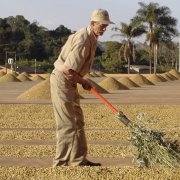
This paper introduces in detail the relationship and difference between Kenya coffee farm and coffee beans.
Kenya is bordered to the north by Ethiopia, the origin of Arabica coffee trees, but it was not until the beginning of the 20th century that coffee cultivation began. In the 19th century, missionaries introduced Arabica trees from the leaves, but did not plant them in large quantities. It was not until 1893 that coffee was cultivated on a large scale because of the introduction of Brazil's ancient bourbon seeds. That is to say, Kenyan coffee is of Brazilian origin, because of water.
- Next
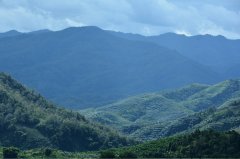
Tanzania Klimangaro Coffee Bean Flavor Taste Introduction Klimangaro Origin
Tanzania Klimangaro AA Tanzania coffee beans production is quite a lot, Taiwan is common Kilimanjaro, mostly water washing treatment, characteristics close to Kenya beans, but the acid is weaker than Kenya, overall quality is not Kenya, but some of the country's manor coffee grows in the foothills, raw coffee beans a little blue-green, slightly sour, but with a thick sweet taste.
Related
- Does Rose Summer choose Blue, Green or Red? Detailed explanation of Rose Summer Coffee plots and Classification in Panamanian Jade Manor
- What is the difference between the origin, producing area, processing plant, cooperative and manor of coffee beans?
- How fine does the espresso powder fit? how to grind the espresso?
- Sca coffee roasting degree color card coffee roasting degree 8 roasting color values what do you mean?
- The practice of lattes: how to make lattes at home
- Introduction to Indonesian Fine Coffee beans-- Java Coffee producing area of Indonesian Arabica Coffee
- How much will the flavor of light and medium roasted rose summer be expressed? What baking level is rose summer suitable for?
- Introduction to the characteristics of washing, sun-drying or wet-planing coffee commonly used in Mantenin, Indonesia
- Price characteristics of Arabica Coffee Bean Starbucks introduction to Manning Coffee Bean Taste producing area Variety Manor
- What is the authentic Yega flavor? What are the flavor characteristics of the really excellent Yejasuffi coffee beans?

